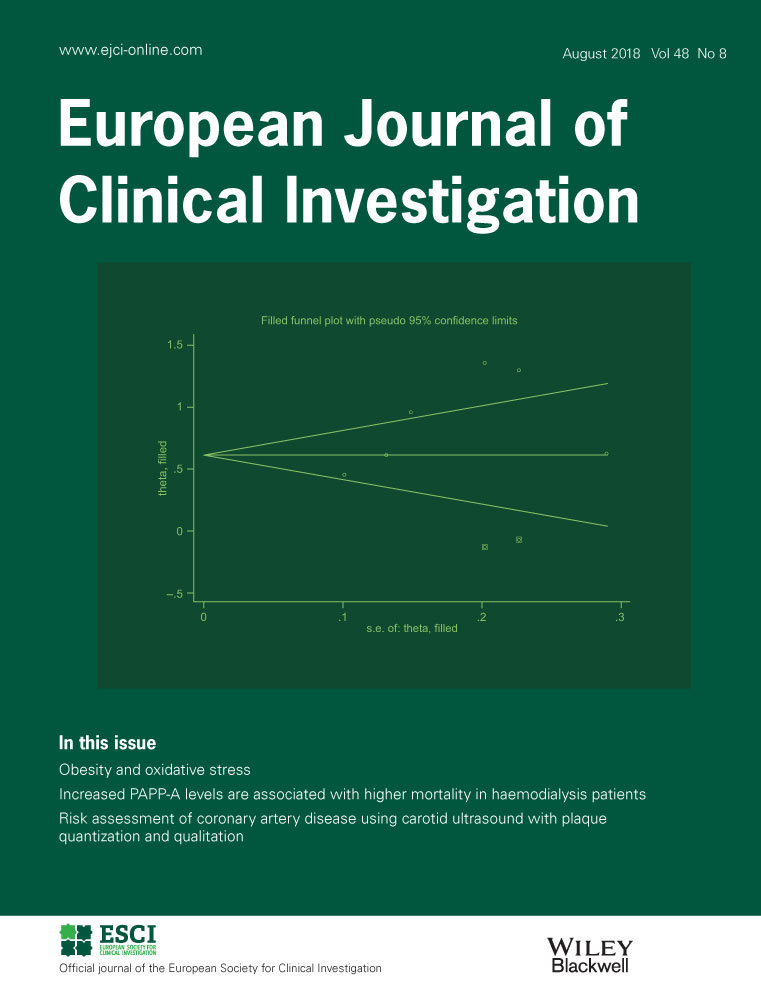Autoimmunity in MASLD: Focus on autoantibodies, anti-apolipoprotein A1 IgG and G protein-coupled receptors
Abstract
Background
The increasing prevalence of metabolic dysfunction-associated steatotic liver disease (MASLD), formerly known as non-alcoholic fatty liver disease (NAFLD), represents a significant public health concern, as it is closely linked to rising obesity rates and metabolic syndrome, affecting approximately 30% of the global population. In addition, MASLD, along with its more severe form, metabolic dysfunction-associated steatohepatitis (MASH), increases the risk of cardio-metabolic diseases and hepatocellular carcinoma. In recent years, multiple G-protein-coupled receptors (GPCRs) have been identified as potential therapeutic targets for these disorders. Additionally, autoimmunity is believed to potentially play a role in the development of mechanisms contributing to the pathogenesis of MASLD/MASH. This narrative review examines the diverse autoantibodies associated with the disease, with a particular emphasis on antibodies targeting apolipoprotein A-1 (AAA-1) and their relationship with anti-GPCRs antibodies.
Results
Several autoantibodies have been identified in up to 30% of individuals with MASLD/MASH, both with and without concomitant autoimmune diseases. Among the anti-GPCR autoantibodies identified in MASLD to date are those targeting the angiotensin II type 1 receptor and the endothelin-1 type A receptor. While the contribution of this class of autoantibodies to MASLD/NASH remains unclear, AAA-1 appears to be pathogenic, acting as pro-steatotic and pro-inflammatory mediators. Additionally, current data suggest shared functional responses between anti-GPCR antibodies and AAA1 in cell-based assays used to detect anti-GPCR presence.
Conclusion
A better understanding of the role of humoral autoimmunity and the interactions among its various components in the metabolic dysfunction underlying MASLD/MASH has the potential to open new perspectives for early detection and therapeutic interventions.


 求助内容:
求助内容: 应助结果提醒方式:
应助结果提醒方式:


